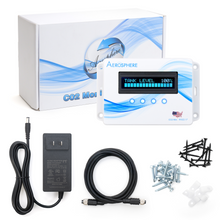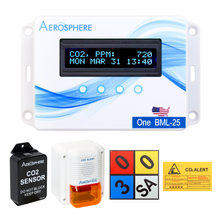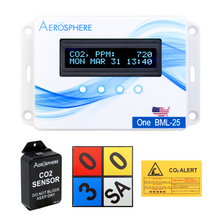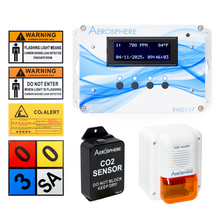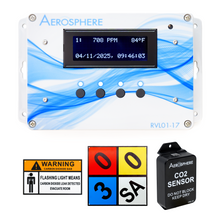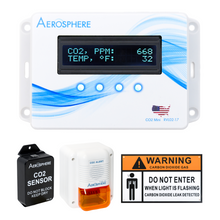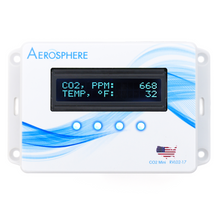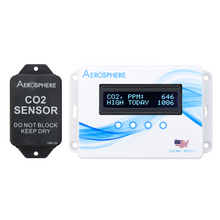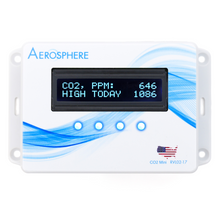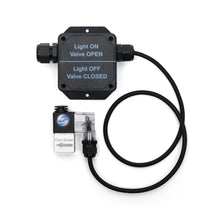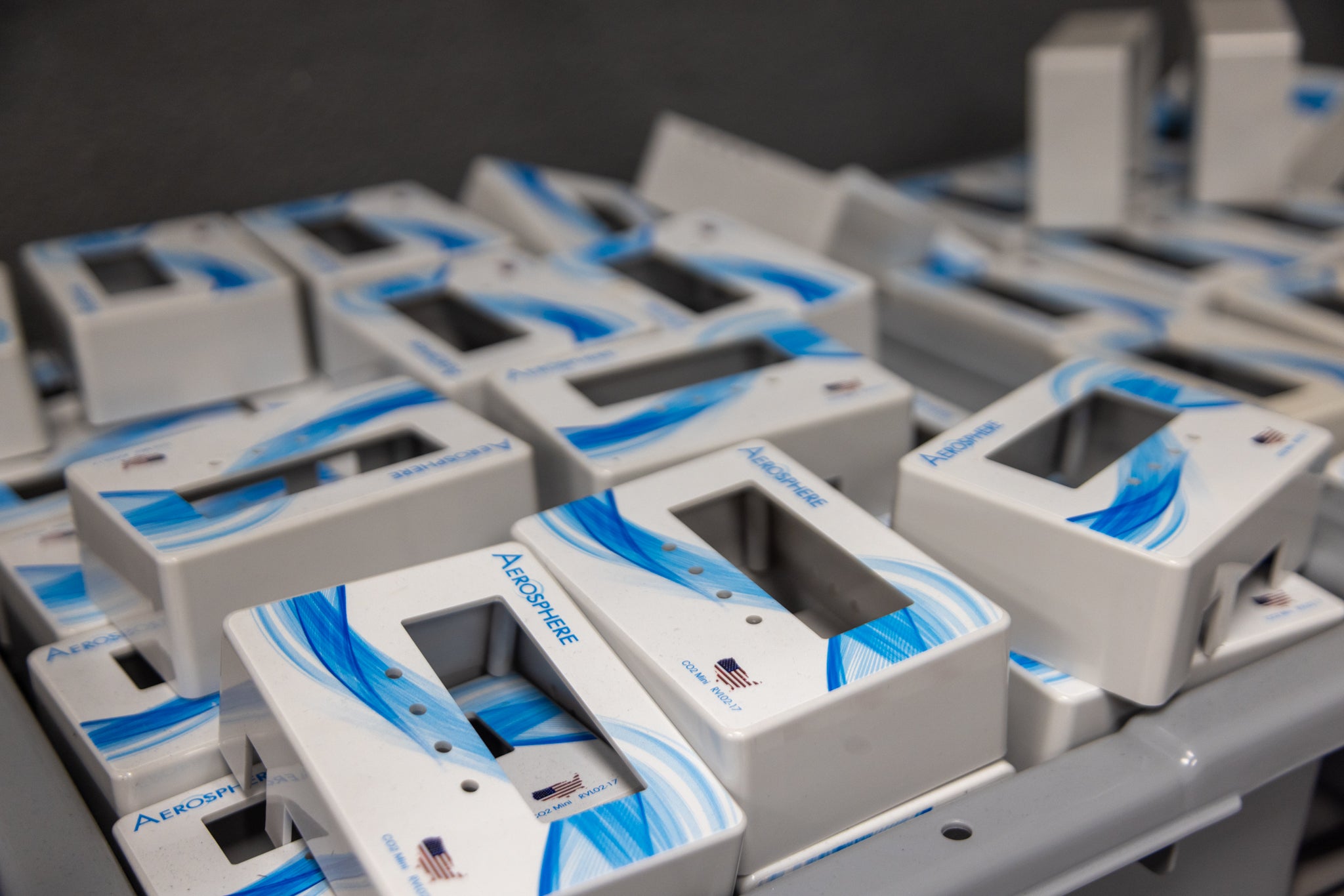NFPA Signs vs. GHS Labels: What’s the Difference?
NFPA 704 diamonds and GHS labels are both hazard communication systems, but they serve different purposes. NFPA signs give emergency responders a quick snapshot of health, flammability, and reactivity risks, while GHS labels provide detailed handling and shipping information for workers. Understanding the difference between NFPA vs GHS is essential for compliance and workplace safety because most facilities are required to use both.
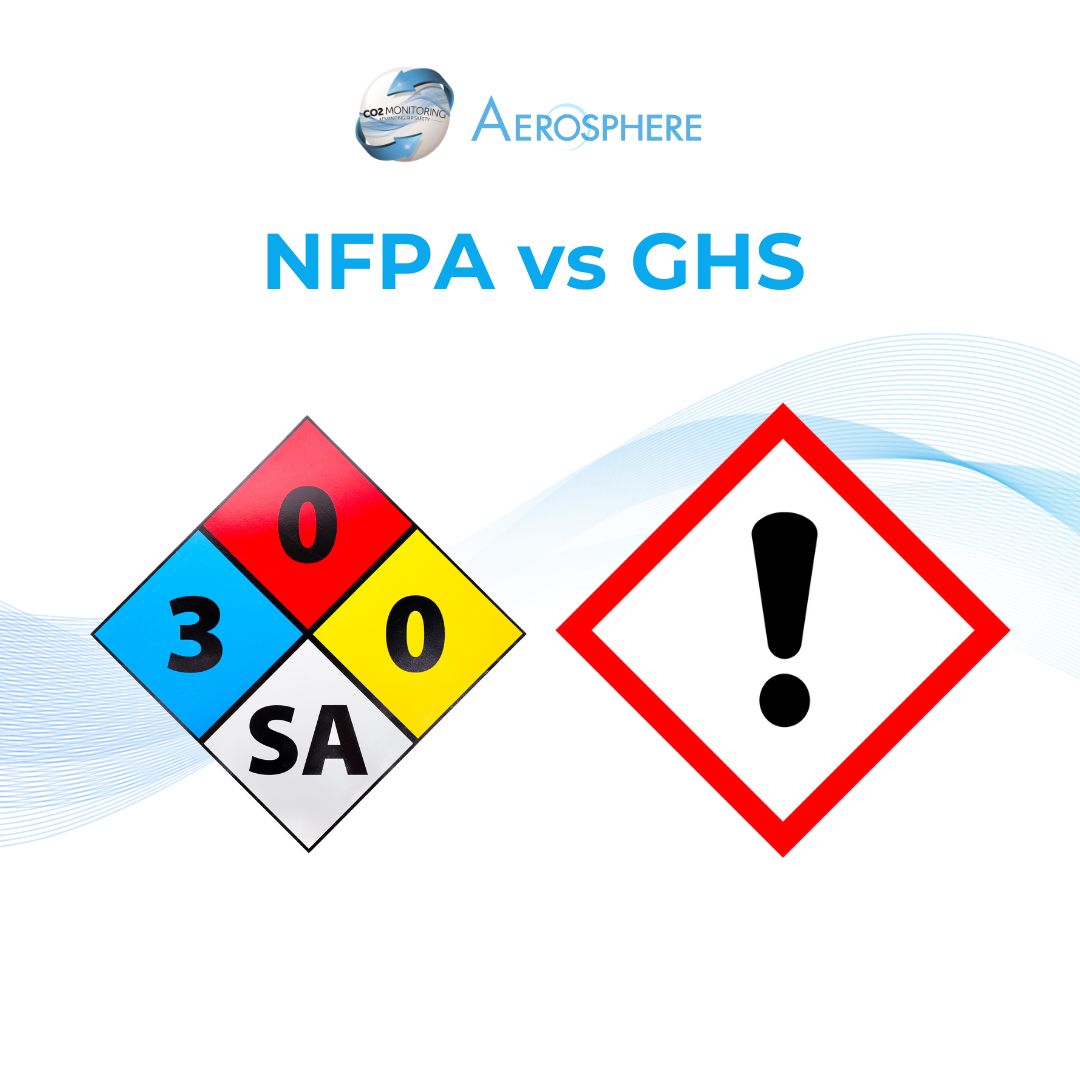
Walk into a chemical storage room, gas cylinder cage, or industrial facility, and you might notice two different types of hazard communication:
- The NFPA 704 diamond — a four-color square with numbers and symbols.
- The GHS label — a rectangular label with red diamond pictograms, hazard statements, and handling instructions.
At first glance, they may seem redundant, but NFPA vs GHS systems serve very different purposes. Both were designed to keep people safe, but in different contexts:
- NFPA 704 is for emergency responders who need quick hazard recognition.
- GHS labels are for workers and shipping compliance, with detailed hazard information.
To create a safe workplace and meet regulations, most facilities need to use both.

NFPA 704: The Fire Diamond
The NFPA sign, also known as the NFPA 704 diamond, is a standardized hazard sign created by the National Fire Protection Association. It gives emergency responders and facility staff an at-a-glance summary of chemical dangers.
Layout and Meaning
The diamond has four quadrants:
- Blue (Health Hazard): How dangerous the chemical is to people.
- Red (Flammability Hazard): How easily it catches fire.
- Yellow (Reactivity Hazard): How unstable or explosive it is.
- White (Special Hazards): Special warnings (oxidizers, corrosives, water-reactive, etc.).
Each section (except white) is rated from 0 (minimal hazard) to 4 (severe hazard).
Example
A propane tank might have this NFPA diamond:
- Blue: 1 (slight health hazard)
- Red: 4 (extremely flammable)
- Yellow: 0 (stable)
- White: No special hazard
This tells firefighters that propane is not a deadly poison but is highly flammable, requiring extreme caution during a fire.
View our latest article about NFPA 704 to learn more about its color coded identification system.

GHS Labels: Globally Harmonized System
The Globally Harmonized System of Classification and Labelling of Chemicals (GHS) is a worldwide standard adopted in 2003 by OSHA in the U.S. under the Hazard Communication Standard (HCS).
Unlike the NFPA diamond, which is designed for quick recognition, GHS labels provide detailed written information to protect workers, handlers, and shippers.
What GHS Labels Include
According to Brady, a proper GHS label typically contains:
- Product Identifier: The chemical name or code.
- Signal Word: Either Danger (severe hazard) or Warning (less severe).
- Hazard Pictograms: Black icons inside red diamonds (flame, skull, gas cylinder, etc.).
- Hazard Statements: Standardized wording such as “Extremely flammable gas.”
- Precautionary Statements: Safety steps like “Keep container tightly closed” or “Wear protective gloves.”
- Supplier Identification: Manufacturer’s name, address, phone number.
Example
A propane cylinder GHS label might show:
- Pictograms: Flame (flammable), gas cylinder (compressed gas)
- Signal Word: Danger
- Hazard Statements: “Extremely flammable gas. Contains gas under pressure; may explode if heated.”
- Precautionary Statements: “Keep away from heat, sparks, and open flame. Store in well-ventilated area.”
This gives employees and shippers detailed instructions for handling propane safely.
Regulatory compliance requires facilities that handle hazardous chemicals to display both GHS labels and NFPA 704 signs. OSHA mandates GHS labeling on chemical containers in the United States, while fire codes and local Authorities Having Jurisdiction (AHJs) often require NFPA diamonds on buildings, tanks, and storage areas. These two systems serve different but complementary purposes. In an emergency, responders cannot stop to read lengthy labels, so NFPA signs allow them to identify hazards instantly. During daily operations, however, workers rely on GHS labels for clear handling instructions and safety precautions. If your facility manages chemicals or compressed gases, it is essential to use both systems correctly: NFPA signs protect emergency responders, while GHS labels safeguard employees during routine work. Together, they form the foundation of compliance and effective hazard communication.
Although they look different, NFPA and GHS systems are not competing, they work together.NFPA signs give emergency responders an instant hazard assessment when entering a building, responding to a fire, or dealing with a chemical spill. GHS labels give employees and shipping companies the detailed hazard information they need to handle, store, and transport the chemicals safely. In fact, many facilities are required by OSHA and local fire codes to display NFPA signs on storage tanks or rooms while also placing GHS labels directly on containers.

